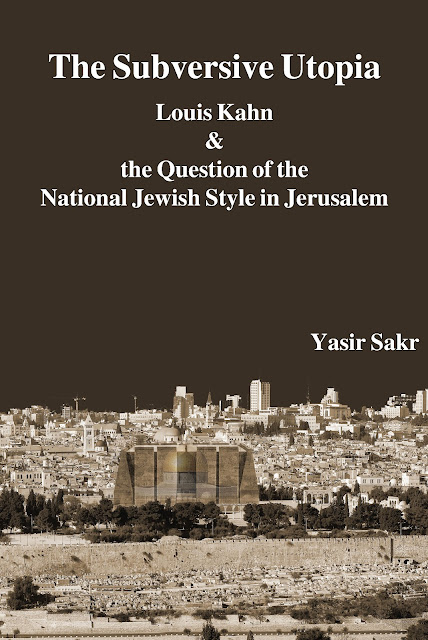Daily Excerpt: The Subversive Utopia (Sakr) - Preface

Excerpt from The Subversive Utopia by Yasir Sakr - Preface It’s been 35 years since, as an undergraduate student, I first toured the new Jewish Quarter in the Old City of Jerusalem. As I walked its streets, observing its new architecture and urban space, the Quarter simultaneously attracted and alienated, impressing upon me a mysterious schizophrenic perception. For many years I was unable to explain this contradictory experience. Little did I know then that 10 years later, in 1988, my new job as an archivist in the Louis Kahn Collection at the University of Pennsylvania would yield the clues I needed to understand the Quarter’s ambiguous allure. I could not have predicted then that I would one day articulate the experience of the Jewish Quarter in such a way that it would shape its perceptions by Israeli architects and scholars among others. It’s been almost 20 years since I finished my PHD dissertation at the School of Architecture, University of Pennsy...

